
About This Quiz
So, just why do we need houseplants? Besides the obvious (decor) plants are very important in the home. For one, they clean the air by eliminating toxins and replacing them with oxygen. Two, they're said to be calming and can lower blood pressure and promote relaxation. And three, they have the power to help recovering patients and even help those afflicted by Alzheimer's. But can you name them? Can you identify some popular houseplants if you saw their pictures?
So today, we're breathing life into this quiz, similar to how these beautiful plants give us the oxygen we need to live. We're going to test whether you can name some of the most common houseplants from a picture. Sure, the orchids, aloe vera, anthurium, lucky bamboo and jade plant will be easy to identify, but can you tell us what a weeping fig, a Chinese evergreen or a Christmas cactus look like? We're going to find out one way or the other just how many plants you can name. Will you have what it takes to become a junior botanist, or should you just stick to counting flower petals? Let's find out!
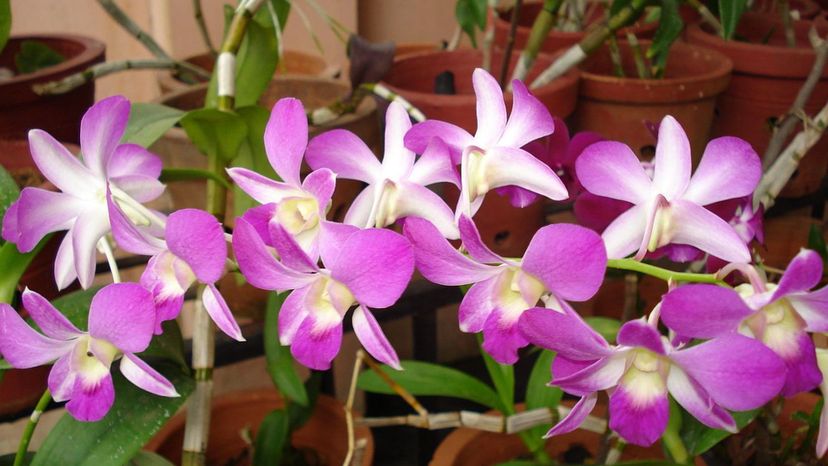
Orchid is the common name for the orchid family, comprised of nearly 1,000 genera and over 22,000 species of colorful and fragrant flowering plants. Orchids are woody non-perennial plants and are generally classified as either terrestrial or epiphytic herbs.
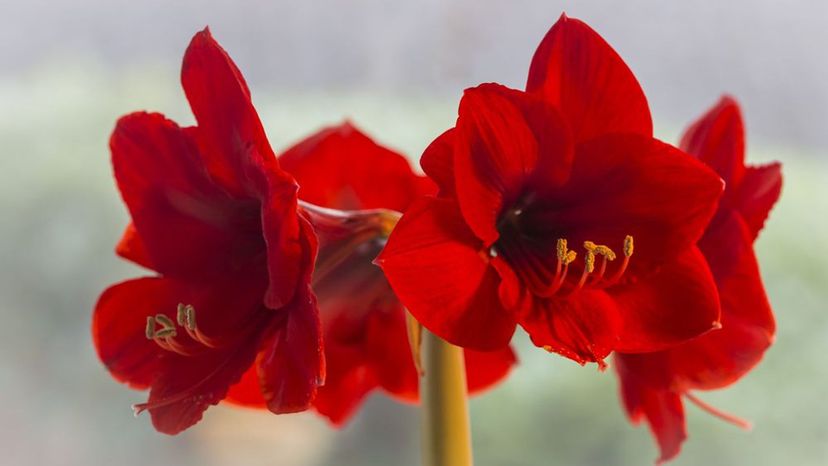
Native to South Africa, amaryllis is a small genus of perennial flowering bulbs, of which there are only two species, amaryllis belladonna and amaryllis paradisicola. They are identified by their long stem, strap-shaped leaves and white, pink or purple flowers.
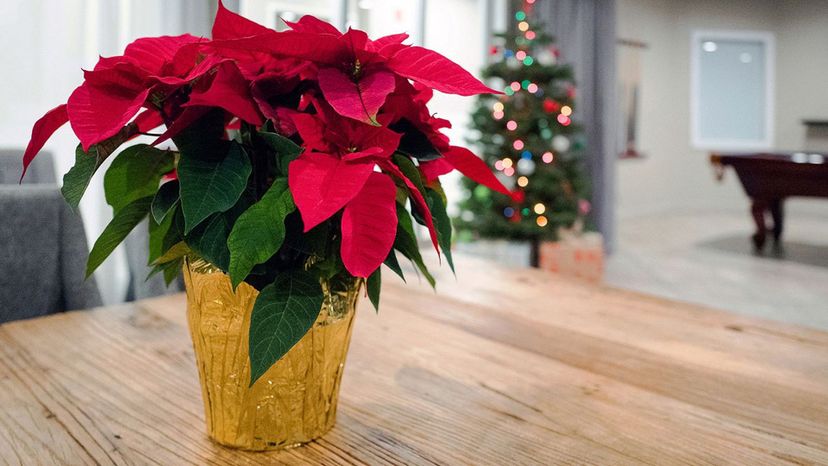
The Poinsettia is a member of the spurge family, Euphorbiaceae. It is commonly sold as a Christmas floral display due to its distinct red and green foliage. The plant is also available in shades of white, pink, mottled and striped bracts.
Advertisement
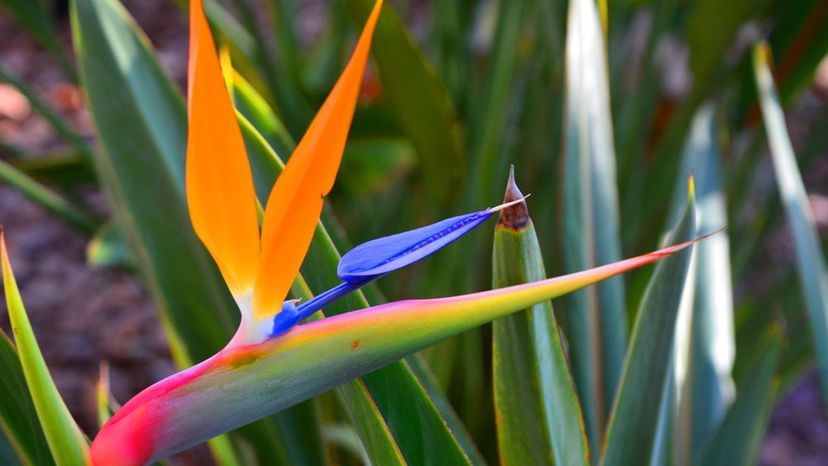
Bird of paradise, also known as the crane flower, is the collective name for a genus of five species of ornamental perennial plants. Native to southern Africa, the bird of paradise flower has two, erect pointed petals, five stamens and stiff, leathery, oblong leaves.
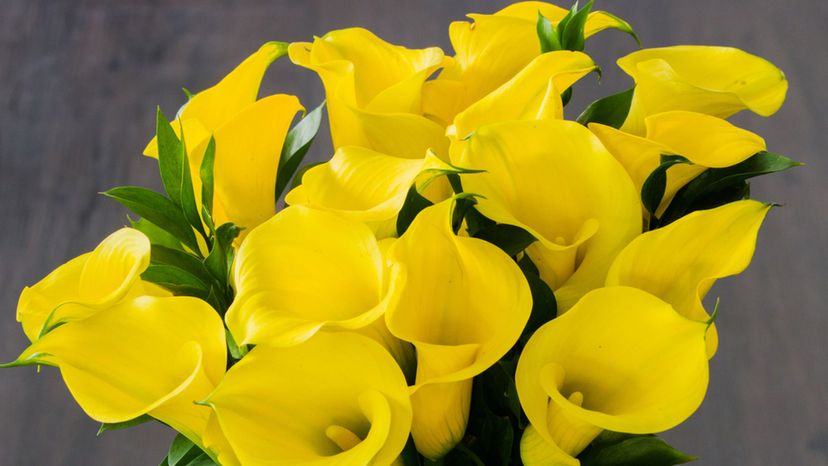
Native to southern Africa, the calla lily is a flowering genus of twenty-eight species which grows in wet, marshy areas. It is a rhizomatous, herbaceous, perennial plant with broad, arrow-shaped dark leaves, a pure white spathe and a yellow, scented spadix measuring up to 3 ½ inches.
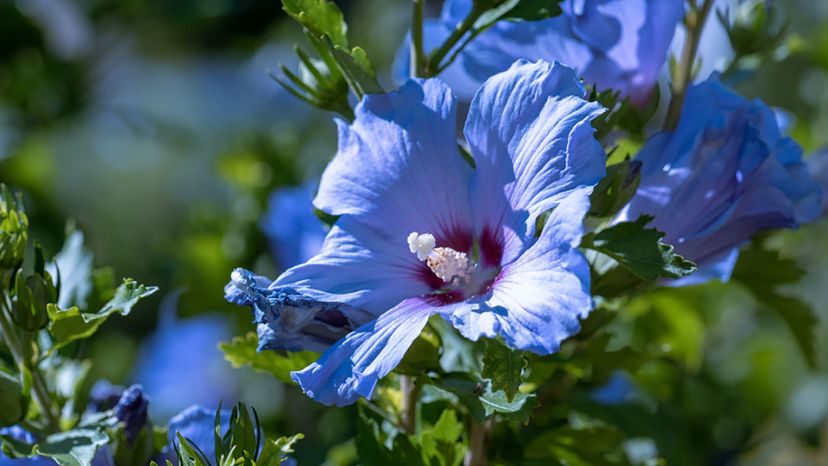
Hibiscus is a flowering genus with over 100 species of annual and perennial herbs as well as small trees and woody shrubs. The species are known for their brightly colored, five-petaled blossoms which come in shades of white, yellow, deep orange, red, pink and purple.
Advertisement
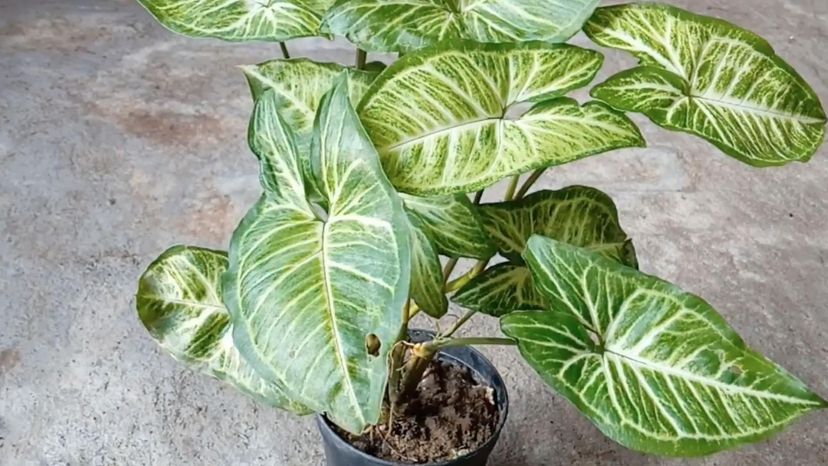
Arrowhead is a genus of widely distributed perennial herbs comprised of at least 28 species. Arrowheads grow in shallow lakes, ponds and streams and are identified by their arrow-shaped leaves, three rounded petaled flowers and achene fruits.
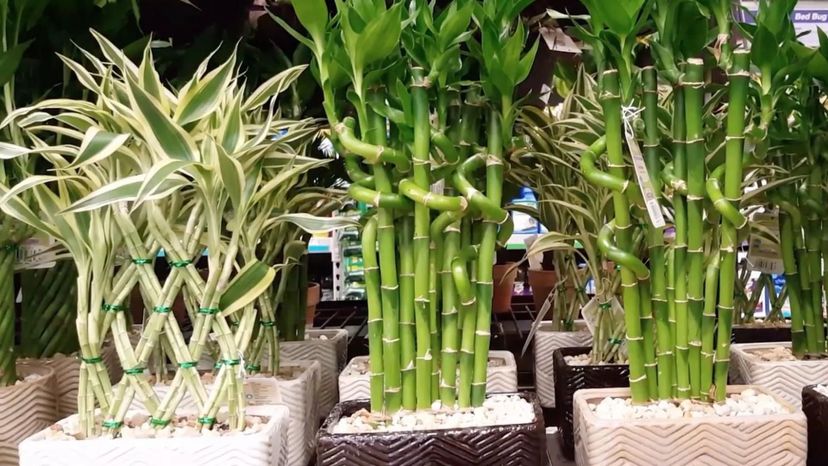
Lucky bamboo, formally called Dracaena sanderiana, is a species of flowering plants of the family Asparagaceae. Native to Africa, it is referred to by several names including curly bamboo, Chinese water bamboo, ribbon plant, Sander's dracaena, Belgian evergreen and Goddess of Mercy's plant.
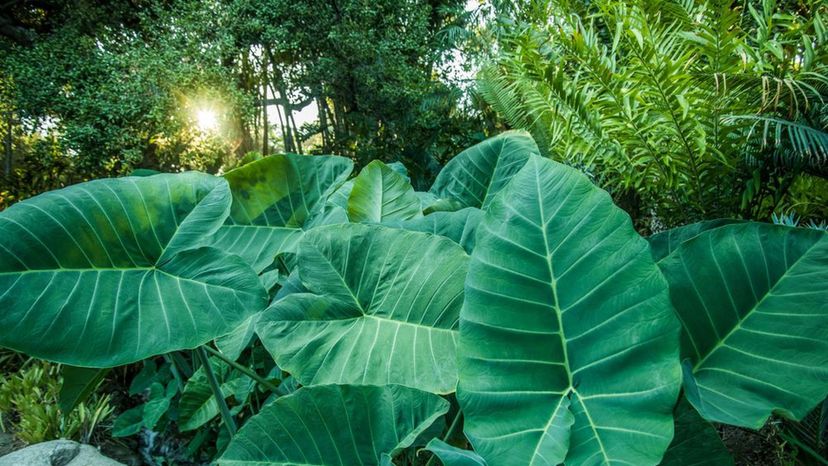
Elephant's ear is the common name for the species of the caladium genus which is grown for its root vegetables. The plant is also widely cultivated for its large, thick, leathery foliage which comes in shades of blue/green or purple/burgundy and grows up to 3 to 8 feet tall and 3 to 7 feet wide.
Advertisement
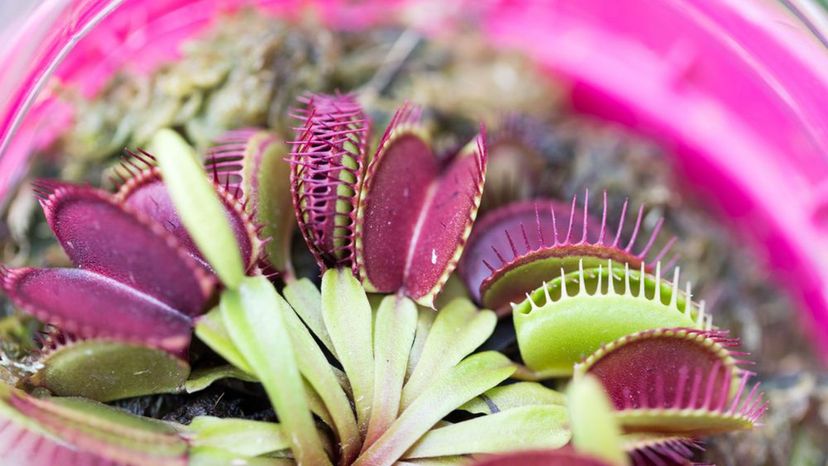
Venus flytrap is a perennial carnivorous plant indigenous to the subtropical wetlands of North and South Carolina. It is a member of the sundew family and is noted for its ability to catch and digest its prey (insects and arachnids) within the terminal portions of the plant's leaves.
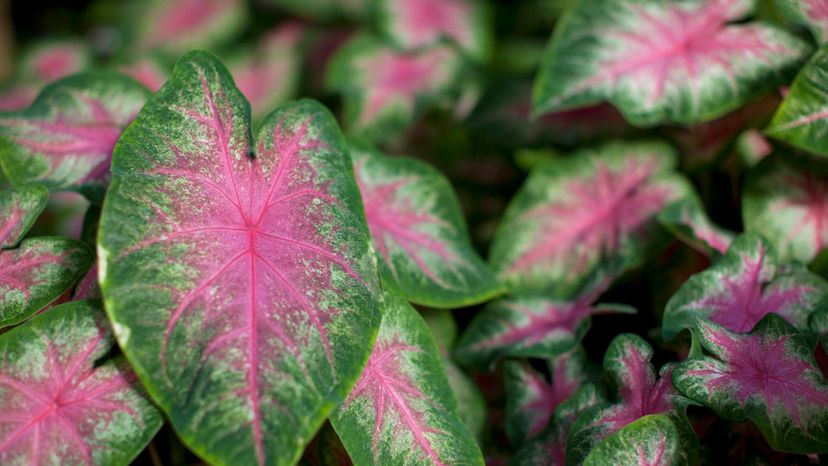
Heart of Jesus, also known as caladium and angel wings, is a genus of tuberous herbaceous plants. They are cultivated for their bi-colored, papery-thin foliage which may be heart or lance-shaped with red/green, pink/green or silver/green coloration.
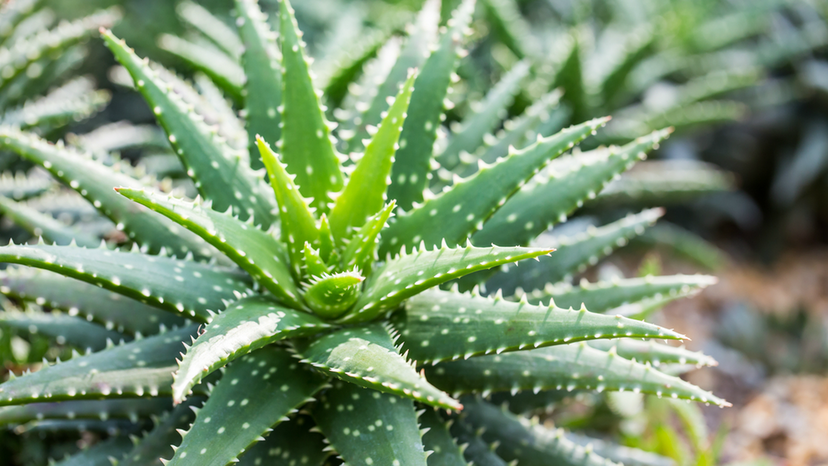
Aloe vera is a shrubby, succulent species of the genus Aloe which originated in the Arabian Peninsula. It is widely grown as an ornamental plant as well as for medicinal and cosmetic purposes. Aloe vera can be found in beverages, lotions, cosmetics and ointments for sunburns.
Advertisement
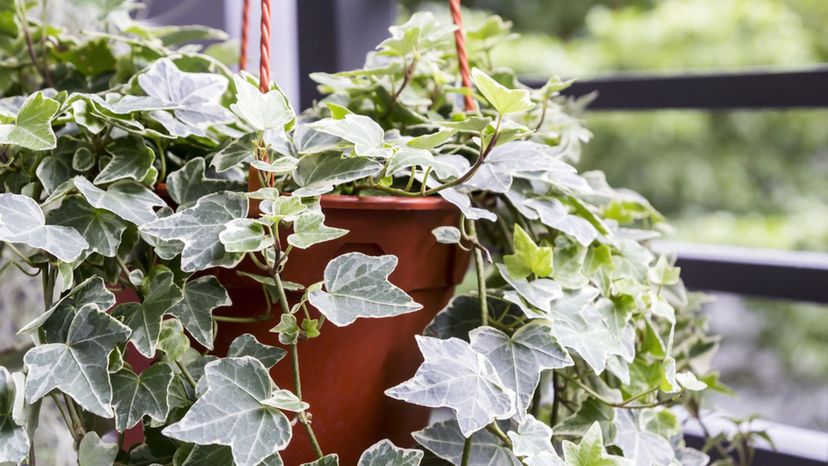
English ivy, also known as Hedera helix, common ivy, European ivy or ivy, is a species of flowering plants indigenous to Europe and western Asia. It is an evergreen climbing vine which produces small, greenish-yellow flowers and small purple/black or orange/yellow berries.
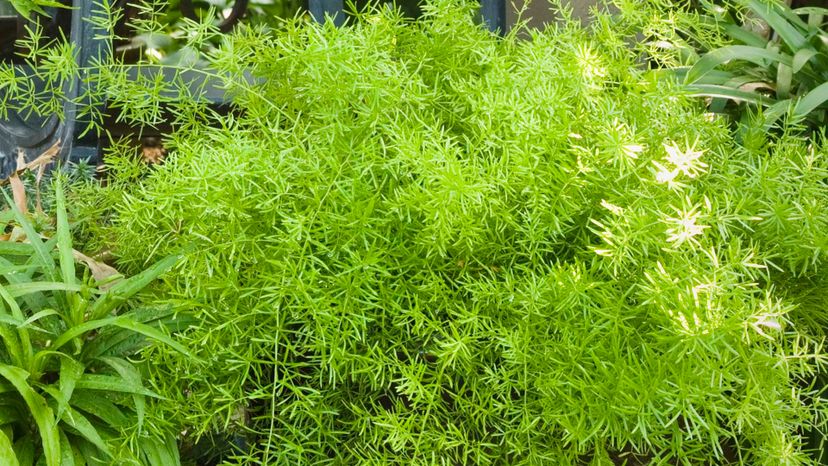
Asparagus fern is the collective name applied to several plants of the genus Asparagus. One of those species is the asparagus aethiopicus, which is native to the southeastern coastal regions of South Africa. It is an ornamental plant which has been declared a weed in Hawaii, Florida, New Zealand and parts of Australia.
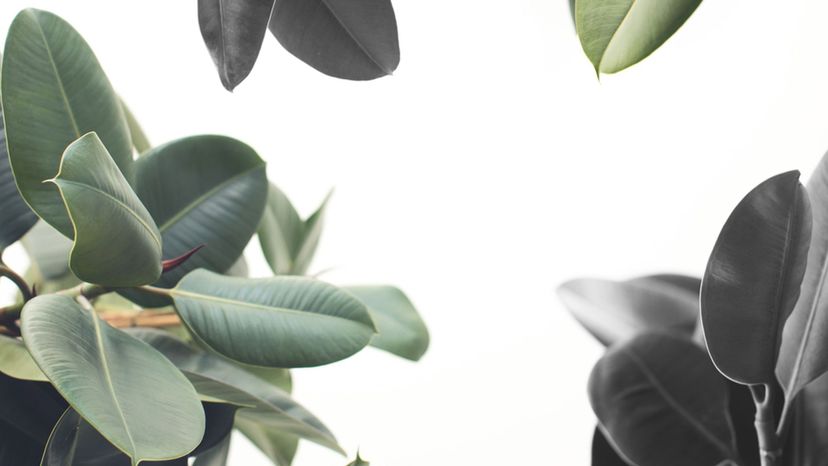
Ficus is a genus of nearly 900 species of trees, vines, shrubs, epiphytes and hemiepiphytes. They are native throughout the tropics, though some species are indigenous to the temperate regions of southwest Asia and the Mediterranean region.
Advertisement
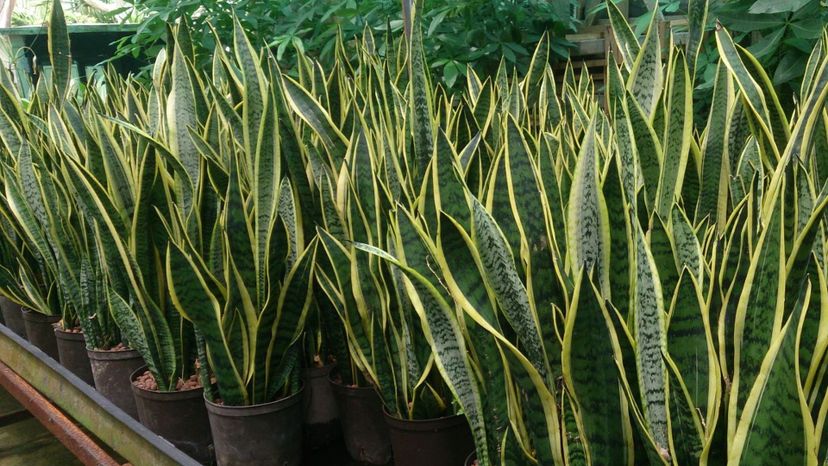
Snake plant, also called Sansevieria trifasciata, mother-in-law's tongue or viper bowstring hemp, is a species flowering plant indigenous to West Africa. It is an evergreen perennial plant with stiff foliage which grows vertically from a basal rosette. The mature leaves are dark green with light gray-green bands.
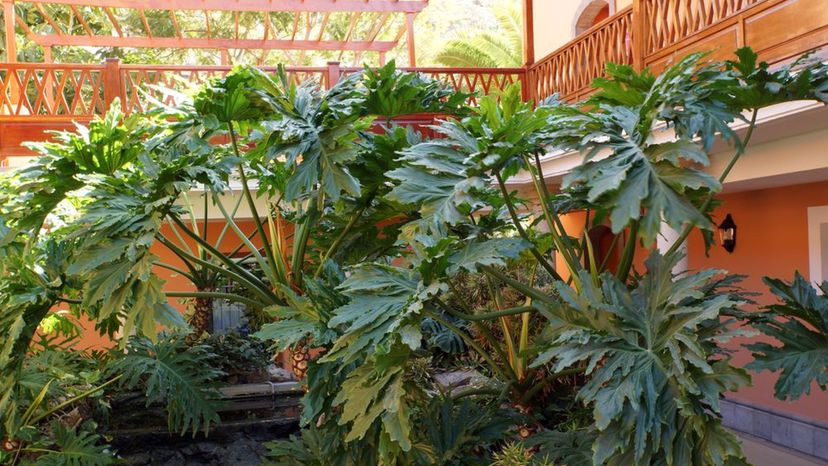
Philodendron is a genus of flowering plants with nearly 450 species, many of which are cultivated as ornamental and indoor plants. The shape, size and texture of the foliage vary between species but is typically green and may be tinted with shades of copper, red or purple.
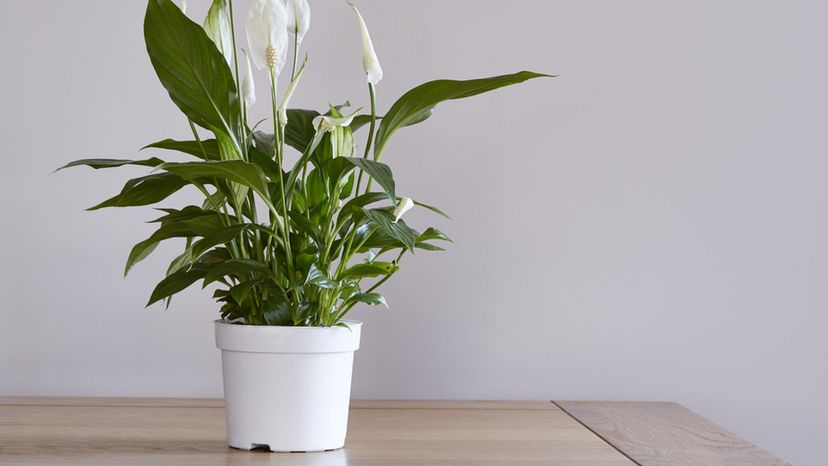
Peace lily is the common name for the genus spathiphyllum, of which there are 40 species. Indigenous to the tropical regions to the Americas and southeastern Asia, this evergreen herbaceous perennial plant produces a white, yellowish or greenish spathe with a yellow spadix.
Advertisement
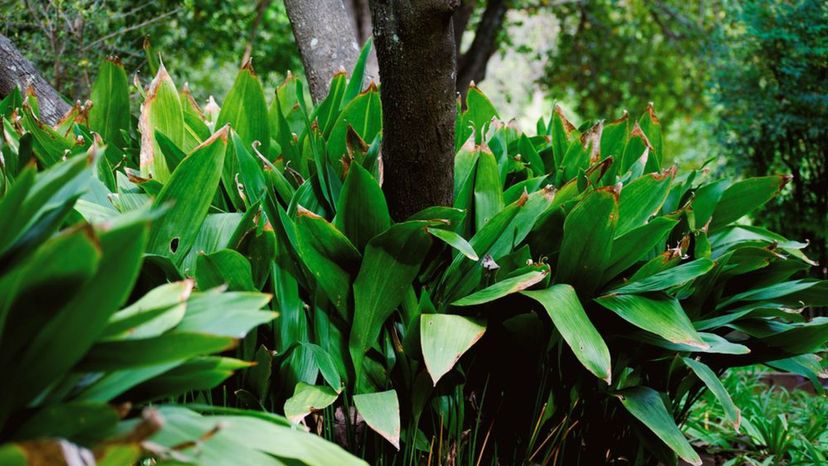
The cast-iron plant, also called the aspidistra elatior or bar room plant, is a species of flowering plant, indigenous to Taiwan and Japan. This evergreen rhizomatous perennial plant has glossy, dark green leaves which grow between 12 and 20 inches long.
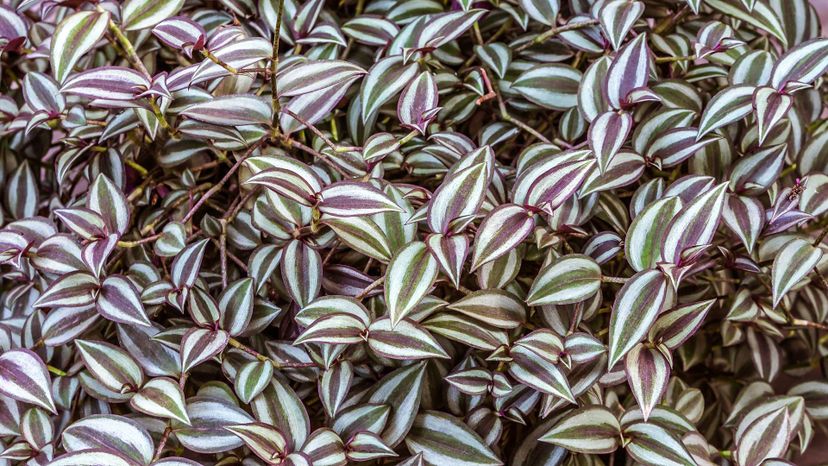
Tradescantia, also known as spiderwort, is a genus of 75 species of wildflowers which come in shades of bright blue, white, pink or purple. They are indigenous to the Americas and the West Indies and have since become naturalized in Europe, Africa, Asia and Australia.
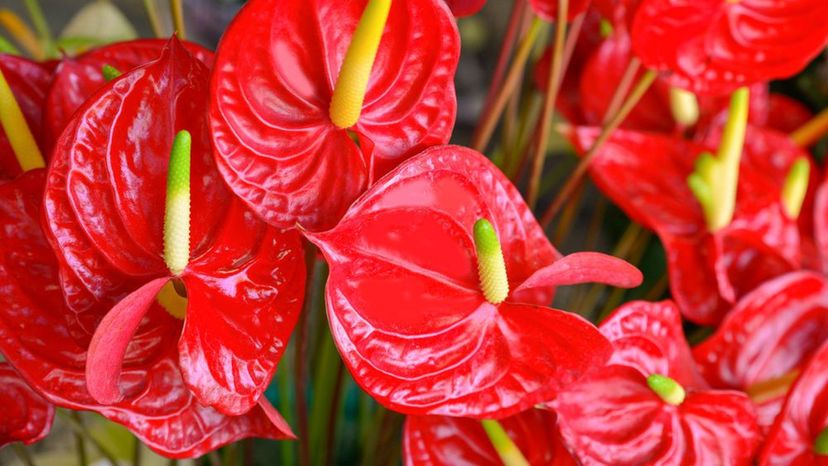
Anthurium, also known as the flamingo flower, tailflower or laceleaf, is a flowering genus of nearly 1000 species. Native to the Americas, the anthurium plant is known for its colorful, shiny, heart-shaped flower which comes in shades of white, salmon, pink, red or black red.
Advertisement
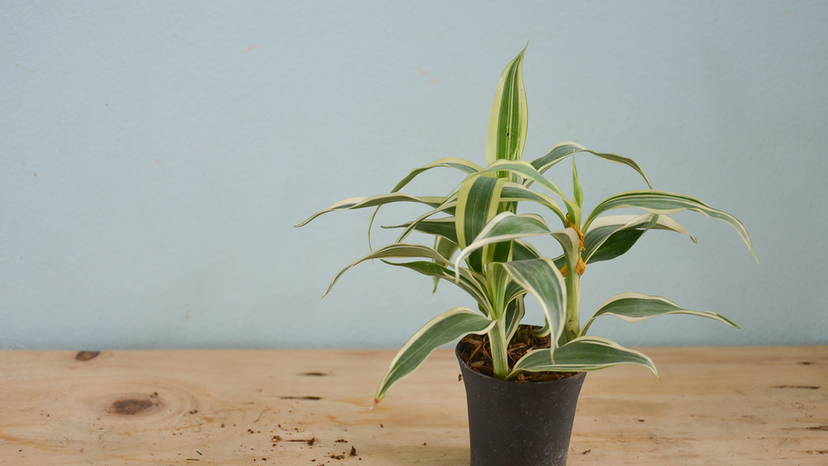
Dracaena is a diverse genus of the Asparagus family with over 100 species, many of which are native to Africa. A majority of the species produce narrow sword-shaped leaves, short-ring stalks, red, yellow or green flowers and a berrylike fruit with one to three seeds.

Chinese evergreen, also called aglaonema, is a genus of flowering plants native to the tropical and subtropical regions of Asia and New Guinea. It is an evergreen perennial plant with a crown of wide, leaf blades decorated with silver and green coloration.

Peperomia is a genus of the pepper family with over 1000 species of annual and perennial herbs which are found in tropical and subtropical regions. They are known for their attractive foliage, which consists of oval-shaped, thick, fleshy leaves and small, densely packed flowers on a slender spike.
Advertisement
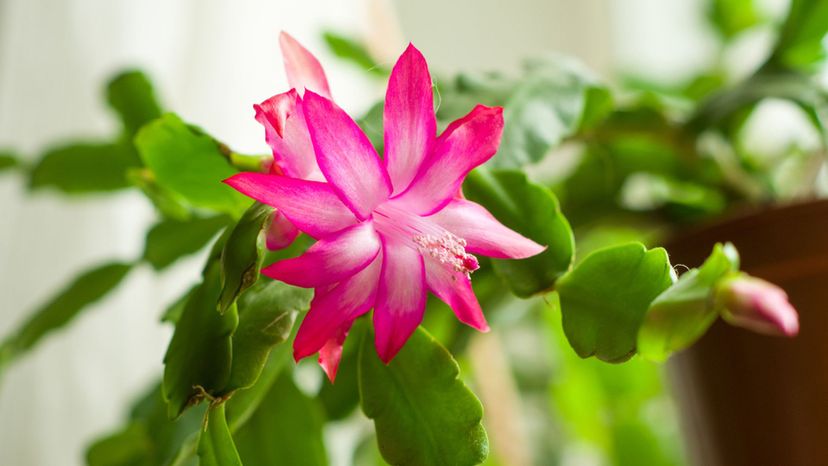
Christmas cactus is the common name for a small genus of cacti, Schlumbergera. It is also referred to as Thanksgiving cactus, crab cactus and holiday cactus. They are found in the coastal mountains of southeastern Brazil and are known for their pink, tubular flowers.
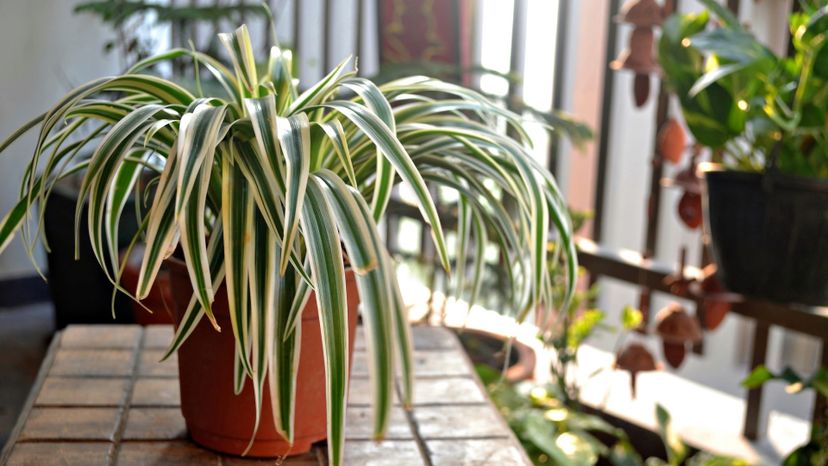
Spider plant, also called chlorophytum comosum, is a species of perennial flowering plant indigenous to tropical and southern Africa. It is known by many names such as ribbon plant, airplane plant, hen and chickens, St. Bernard's lily, and spider ivy.
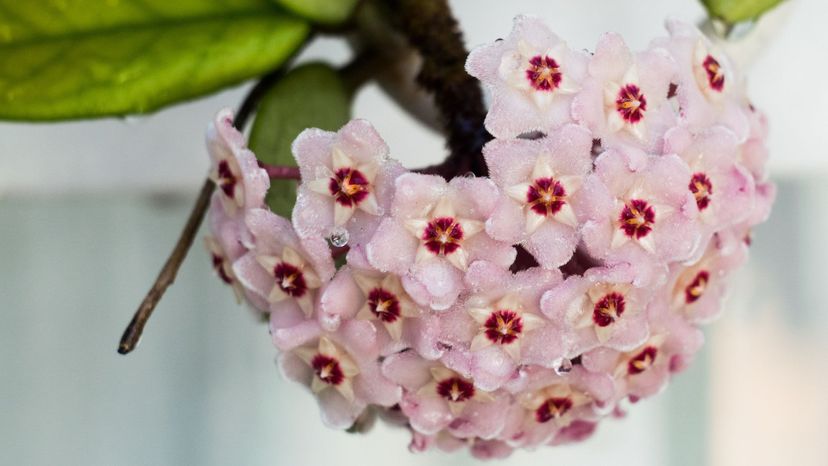
Hoya, also known as waxplant, waxflower or waxvine, is a genus of evergreen perennial creepers and vines of the Dogbane family. The flowers are made of five thick, waxy triangular-shaped petals (white, pink, yellow, orange or dark red) with a star-shaped corona in the center.
Advertisement
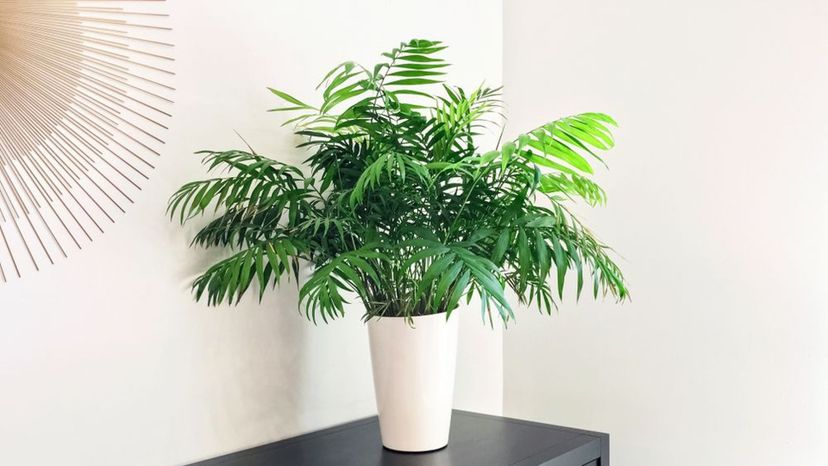
Parlor palm, also called chamaedorea elegans and neanthe bella palm, is a species of small palm trees indigenous to southern Mexico and Guatemala. It is a versatile plant which grows between six to nine feet and requires little to no maintenance.
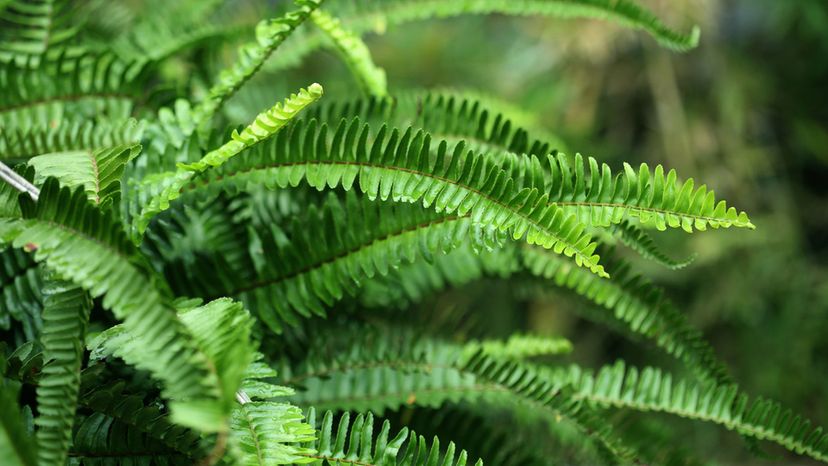
The Boston fern is a species of fern found in the humid forests and swamps of South America, Central America, Mexico, Florida, the West Indies, Africa and Polynesia. It is also known by many names including Nephrolepis exaltata, tuber ladder fern, and the fishbone fern.

The Kentia palm, also known as the howea forsteriana or thatch palm, is a species of flowering plant of the palm family. Endemic to the Lord Howe Island, Australia, it is a slow-growing plant reaching a peak height of 33 feet tall and 20 feet wide.
Advertisement
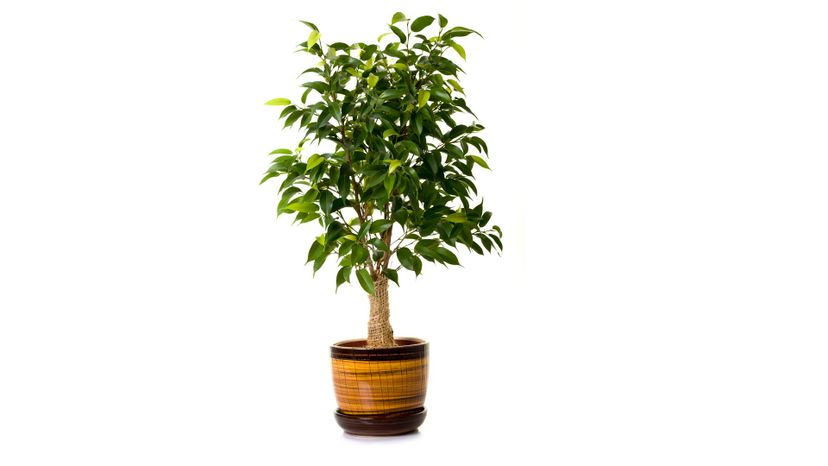
The weeping fig, also referred to as ficus benjamina, ficus tree or Benjamin fig, is a species of flowering plant indigenous to Australia and Asia. It produces small, edible fruit and is commonly grown for its foliage which varies from light green to dark green coloration.
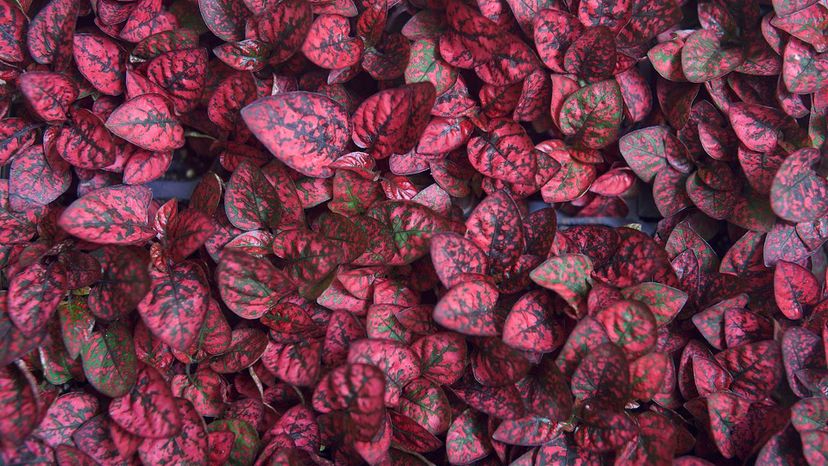
The polka dot plant, native to South Africa, Madagascar and south-east Asia, is a flowering plant of the athancus family. It is a tall, broad evergreen shrub and is easily identified by its green leaves which are heavily spotted with pink or white.

Schefflera, also known as the umbrella tree, is a genus of tall, flowering trees, shrubs and lianas of the ginseng family. It is widely cultivated as an indoor foliage plant and is used in Hawaii as a landscape tree.
Advertisement
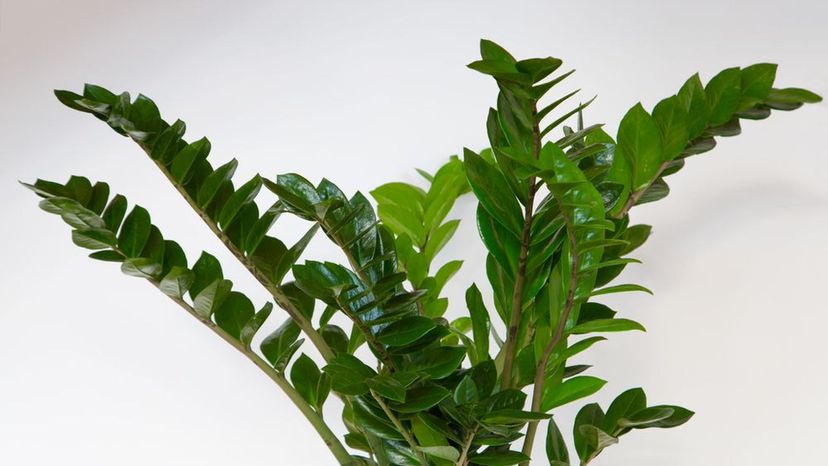
The ZZ plant (Zamioculcas) is a genus of tropical perennial plants indigenous to eastern Africa. It is commonly referred to as the Zanzibar gem, Zuzu plant and emerald plant. This herbaceous plant grows from a stout, underground succulent rhizome and reaches a peak height of 17.7 to 23.6 inches.
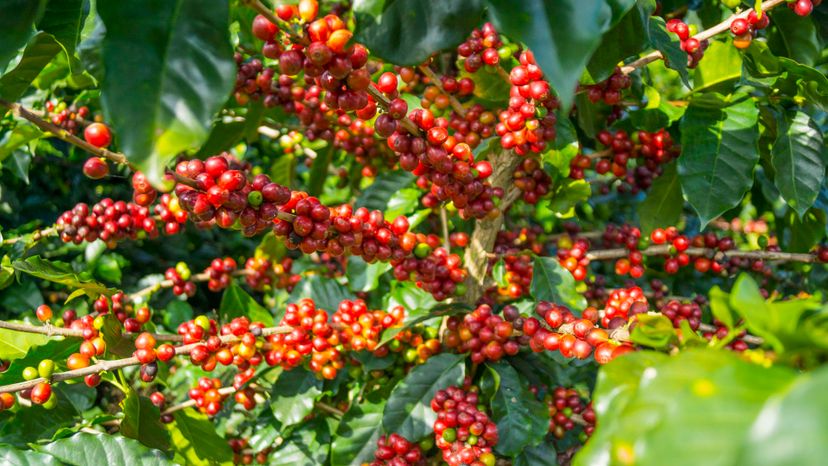
The coffee plant is the common name for the genus of flowering plants, Coffea. The genus is widely cultivated for its seeds, called coffee beans, which are used to produce coffee beverages and products. It is native to Asia and southern Africa, but is commonly grown around the world for export.
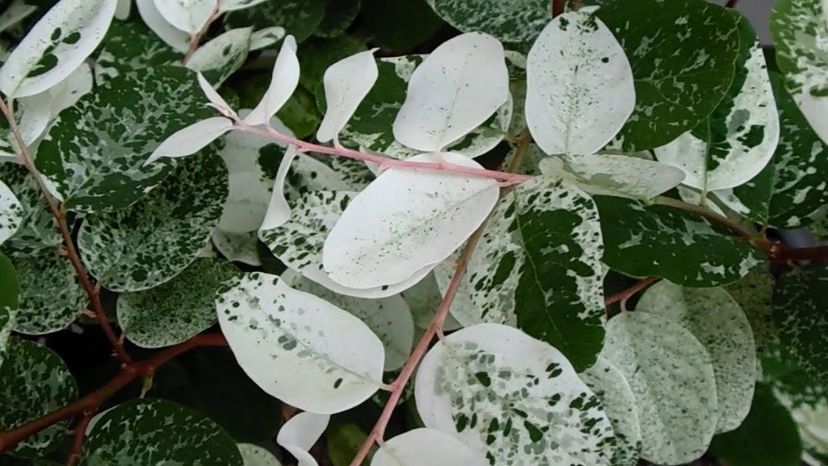
Native to the Pacific Islands, the snow bush is a tropical evergreen shrub of the genus Breynia. The snow bush grows up to three feet tall, and is easily identified by its white and pink-mottled leaves which gives the plant the appearance of being frosted or snowed upon.
Advertisement
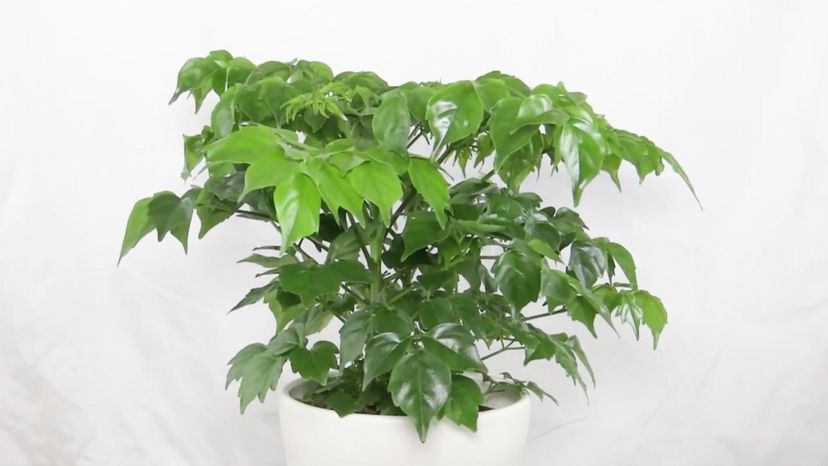
The China doll, also known as the Rademacher Sinica, emerald tree or serpent tree, is a native species of southern China and Taiwan. It is an evergreen tree with glossy, green leaves and large, trumpet-shaped, white flowers which blooms when the plant is grown outdoors.
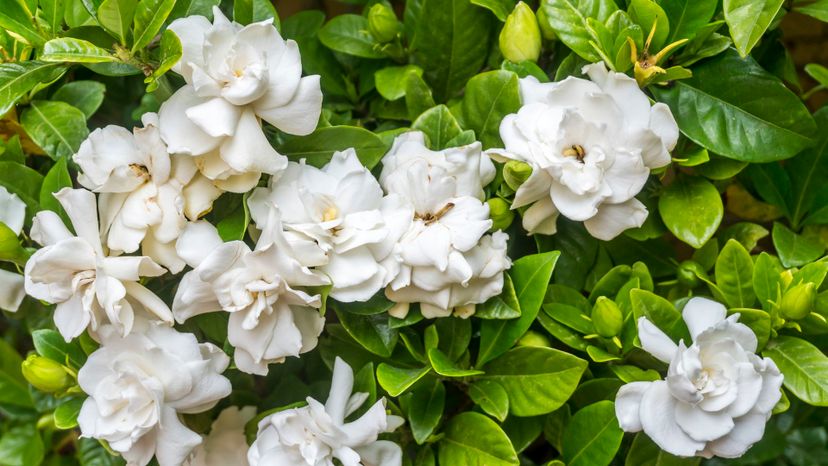
Gardenia is a genus of flowering plants in the coffee family known for its shiny green foliage and waxy white flowers. This shrub grows up to 10 feet tall and is indigenous to the tropical and sub-tropical regions of Africa, Asia, Madagascar and the Pacific Islands.
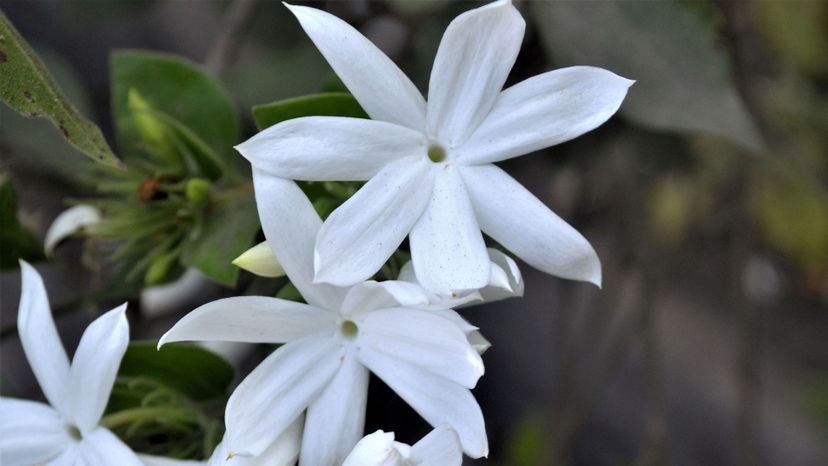
Jasmine is a genus of vines and shrubs of the olive family with nearly 200 species. It is known for its small, numerous flowers which produce a sweet, intoxicating fragrance. Jasmine is native to the tropical and warm temperate regions of Eurasia, Oceania and Australasia.
Advertisement
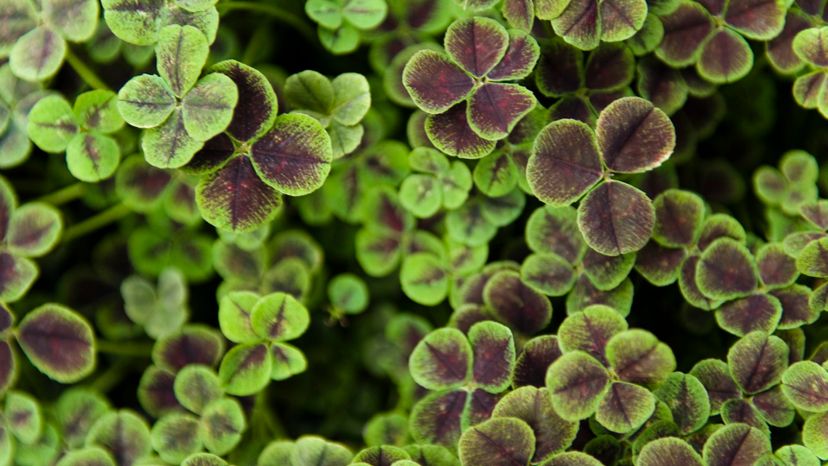
Oxalis is a genus of flowering plants of the wood-sorrel family comprised of nearly 570 species. It is known for its colorful, clover-like leaves which ranges in color from silver to purple, and its yellow, white, or pink cup-shaped flowers.